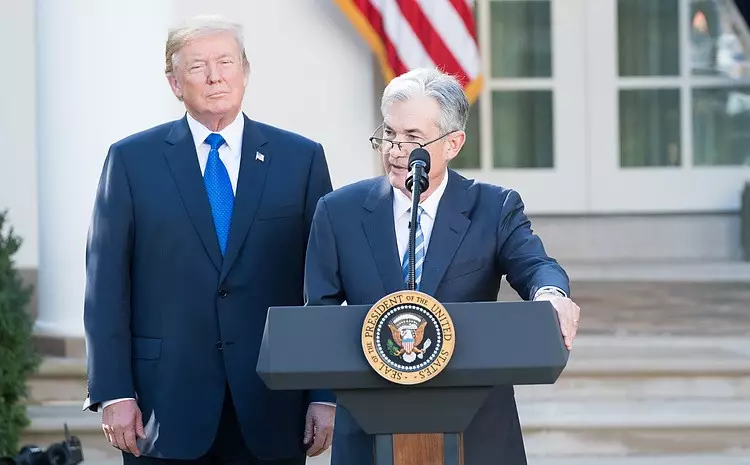The ongoing discussions surrounding interest rate adjustments in the United States are critical in determining both the economic landscape and the Federal Reserve’s approach to monetary policy. Recent comments from Alberto Musalem, President of the Federal Reserve Bank of St. Louis, indicate a clear inclination towards additional interest rate cuts as a method to stimulate the economy. While Musalem emphasizes a careful approach predicated on economic performance, his insights warrant a deeper examination of the broader context in which these monetary policy decisions are made.
Musalem’s stance on advocating for lower interest rates stems from a desire to bolster economic activity amidst a backdrop of potential inflation concerns. His assertion that gradual reductions in the policy rate will be suitable reflects a nuanced understanding of current economic conditions. However, it is essential to recognize that while rate cuts can spur growth by making borrowing cheaper, they also run the risk of igniting inflationary pressures if they are implemented too rapidly. The Federal Reserve’s dual mandate of price stability and full employment signifies a delicate balancing act that must be navigated in today’s complex economic environment.
The President’s focus on not prejudging the size or timing of future adjustments highlights the inherent uncertainty surrounding economic forecasting. This is particularly relevant given that any significant change in policy can have far-reaching consequences across various sectors, affecting everything from consumer spending to investments and employment rates. His perspective that the dangers of easing too soon could outweigh the risks of easing too late underscores the caution that central banks must exercise in a climate characterized by fluctuating inflation rates.
Musalem acknowledges the possibility that inflation might not converge back to the Federal Reserve’s preferred target of 2%, yet indicates that the risks of sustained inflation pressures may have lessened. This observation is pivotal, as it raises questions about the trajectory of inflation expectations and the Fed’s credibility in managing those expectations. When inflation is perceived to be stuck above the target, it can lead to eroded trust in the Fed’s ability to maintain economic stability, a situation that could complicate future monetary policy decisions.
Furthermore, the current environment of a cooling job market—yet still underpinned by solid economic fundamentals—adds another layer of complexity. Reduced job creation may signal underlying weaknesses, but Musalem’s assertion that financial conditions are still conducive to growth suggests that the overall economic health is not in jeopardy. Consequently, the Fed’s approach must remain agile, responsive to ongoing changes, and embedded in a broader strategy that considers both immediate and long-term economic health.
The influence of interest rate changes on the value of the US dollar (USD) is another critical factor to consider. Musalem’s comments also highlight the implications these monetary policies have on international investment flows. A stronger USD typically attracts foreign investment due to higher borrowing costs and possibly increased yields. Conversely, a weaker dollar can enhance competitiveness for US exports, making American goods more attractive on the global market. Thus, the Fed’s policy decisions must also consider their ramifications on currency values and, by extension, global trade dynamics.
Additionally, the Fed’s responsiveness during economic crises through tools like Quantitative Easing (QE) and Quantitative Tightening (QT) enhances its ability to stabilize the financial system. The widespread application of QE during the 2008 financial crisis exemplifies how unconventional tools can provide necessary liquidity and stimulate recovery. However, the shift towards QT, involving the reduction of the Fed’s bond portfolio, serves as a reminder of how rapidly conditions can shift, necessitating careful management of monetary policy to avoid disruption in financial markets.
The Federal Reserve’s navigation through the complexities of interest rate decisions highlights the intricate interweaving of economic indicators, inflation expectations, and global market dynamics. President Musalem’s insights provide a candid look at the cautious hydra of monetary policy, where decisions are shaped as much by external conditions as by internal assessments. As the Fed considers future adjustments to the policy rate, the overarching priority remains the pursuit of economic stability, ensuring that the paths chosen today align with the long-term objectives of growth and employment. Each decision must be deeply rooted in thorough analysis, promoting a resilient economy capable of weathering the inevitable fluctuations of market forces.

